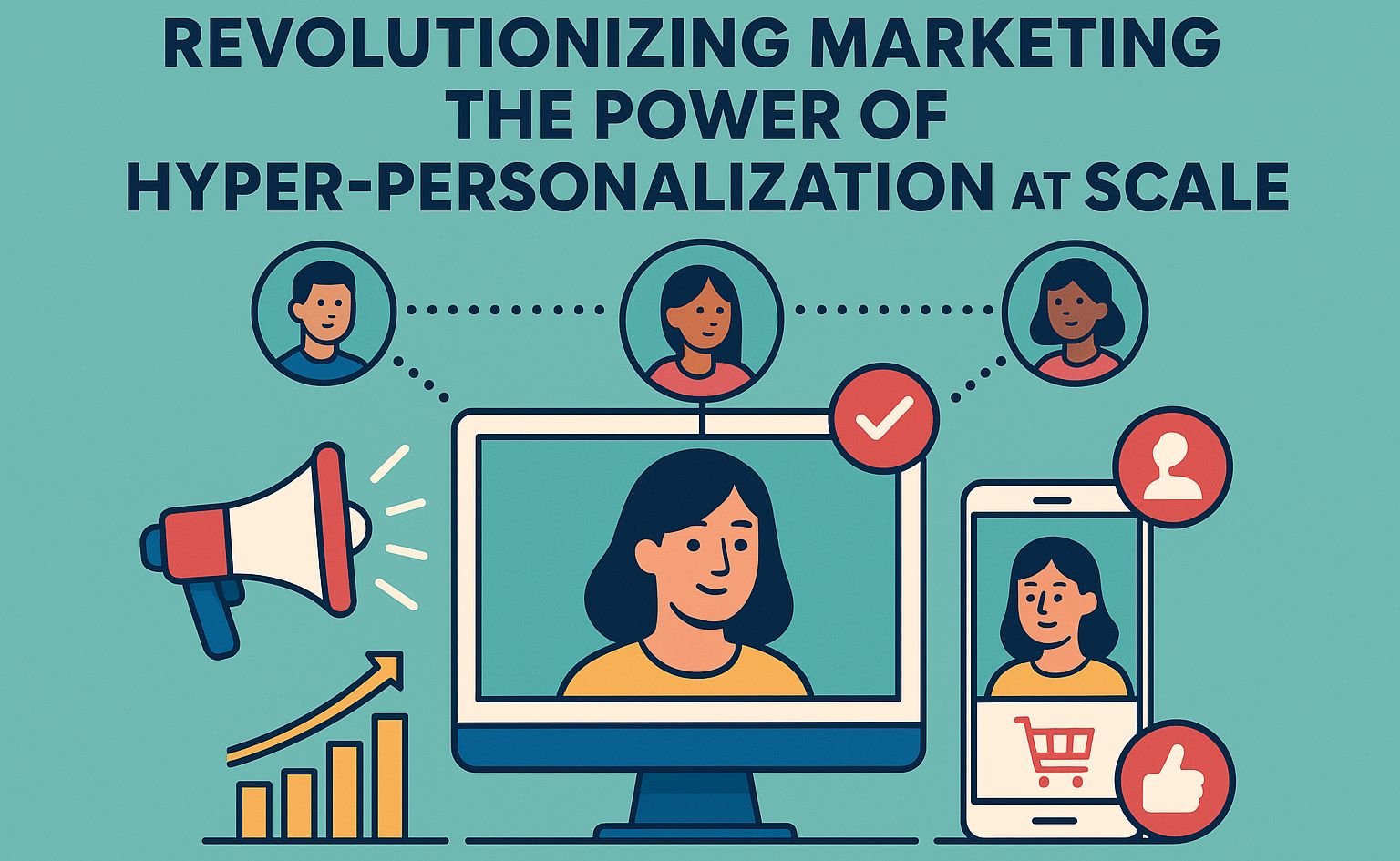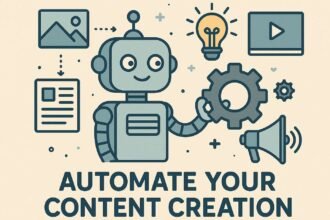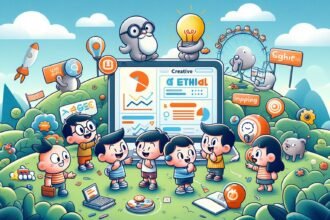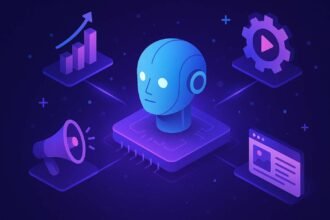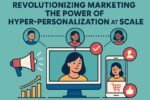People get thousands of marketing messages every day in the noisy digital world we live in. It’s harder than ever to stand out. It’s not enough to just put someone’s first name in an email anymore. The thing that really changed the game? Hyper-personalization at scale is a strategy that makes customers feel like a brand knows them better than they know themselves.
It’s not about making guesses. It’s about using data and AI to provide real-time, seamless, relevant, and meaningful experiences.
Personalization vs. Hyper-Personalization
To get a better idea of the change, let’s look at:
| Personalization in the past | Hyper-Personalization |
|---|---|
| Sorts customers by demographics like age, gender, and past purchases. | Gives each customer a one-of-a-kind experience |
| Static, general messaging | Dynamic, real-time content that makes predictions based on past actions |
| Predicts what the customer will need in the future before they do. | “Hi John, here’s a 10% off coupon.” |
Hyper-personalization is more than just data segments. It uses things like where you are, what you’re doing online, and even things like the time of day or the weather. The outcome? Experiences that seem almost natural.
The Three Parts of Hyper-Personalization
To make hyper-personalization part of your strategy, you need more than just tools. You need to put data, AI, and adaptive content together into one system.
1. Gathering and Analyzing Data
The depth and quality of the data are what matter most. In addition to basic demographics, brands need to gather:
- Behavioral data: Clicks, time spent, and searches are all examples of behavioral data.
- Contextual data: Time of day, device, and location
- Social signals: Likes, shares, and conversations
A Customer Data Platform (CDP) pulls this information together so brands can see everything about each customer.
2. AI and Machine Learning
This flood of information was too much for any human team to handle quickly. That’s when AI and machine learning come into play.
- Pattern recognition: AI finds patterns in habits and triggers.
- Predictive modeling: It tells you what customers are most likely to do next.
- Scalable personalization: Millions of people can have different experiences at the same time.
Imagine Netflix knowing what your next favorite show will be, or Amazon knowing what you need before you even look for it.
3. Content and Delivery That Changes
Data and AI are only important if they change how things happen in real time. Some examples are:
- A homepage that changes based on what you’ve looked at before
- A push notification from a mobile app that gives you a coffee coupon as you walk by a café
- An email that changes the subject lines, images, and deals for each person who gets it
This fluid content makes brand communication feel like a real conversation.
Why Hyper-Personalization Is the Best
The reward for digital marketers is huge:
- More loyalty and engagement: Customers stay with brands that “get” them.
- Higher conversion rates: The right product at the right time makes it easier to buy.
- Better return on investment: Less money wasted on ads and more targeted results.
- Competitive edge: Personalization can make the difference in crowded markets.
- Proactive support: AI can tell when someone is frustrated (like when they’re having trouble at checkout) and send help right away so that a sale isn’t lost.
The Future Is Personal
Hyper-personalization isn’t just a new marketing trend; it’s a big change in how brands talk to people. With the help of data, AI, and creativity, we’re going from talking to a lot of people at once to having millions of one-on-one conversations.
The hard part for marketers isn’t getting the newest tools; it’s changing the way they think. Instead of saying, “How can we reach more people?” the question is now, “How can we really get to know each customer?”
Brands that can do this will own the future: turning data into experiences that are big, memorable, and perfectly timed.


